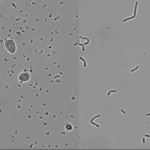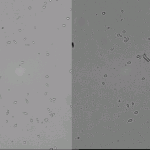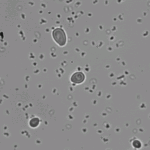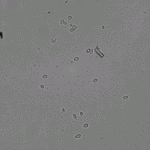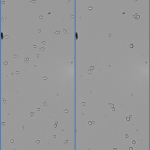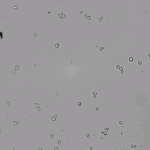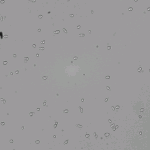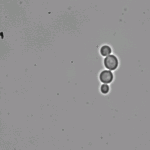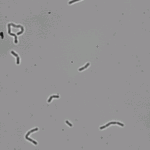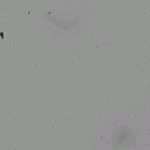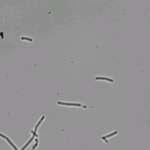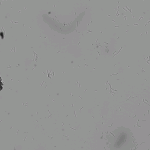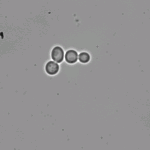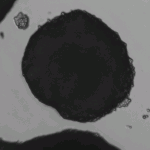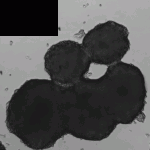These are my protocols for the D2O adaptation experiments. I’m making this post so I don’t need to write a post daily unless something out of the ordinary happens.
Making YPD:
- Use autoclaved beakers and bottles for water handling and storage.
- Measure water volume: D2O usually is supplied as a little over 90ml per bottle, DDW is about 100ml per bottle, and DI is readily available in whatever quantity needed.
- Measure YPD powder and add 5g per 100ml of water.
- Add a clean stir bar and stir (using hotplate/stirrer) until YPD is fully dissolved. For D2O and DDW stir at a low speed to minimize air mixture with solution.
- Using a syringe and a filter, filter the YPD into the bottles. This step is necessary for D2O and DDW YPD to ensure minimization with H2O/D2O contamination. For DI YPD autoclaving is sufficient.
- Label bottles and date.
Daily Prep:
- For starter cultures, add 10ml of YPD to an autoclaved test tube. For daily measurements, add 9ml of YPD.
- Inoculate yeast in liquid media. For daily measurements, inoculate 1ml of culture from the previous generation’s water type (ie add 1ml of 99% D2O yeast to 99% D2O YPD).
- Add to incubator/shaker and incubate at 30C and 185RPM.
Nanodrop Measurement:
- Aliquot a minimum of 400ul of sample into semi-micro cuvettes. Normally I measure at 0 hours and at 24 hours (or every 24h thereafter for prolonged experiments) for daily measurements and hourly starting with the 0h measurement for time trial experiments.
- Blank the nanodrop with pure YPD and make sure to press the cuvette checkbox (I always forget this!).
- Measure each sample.
